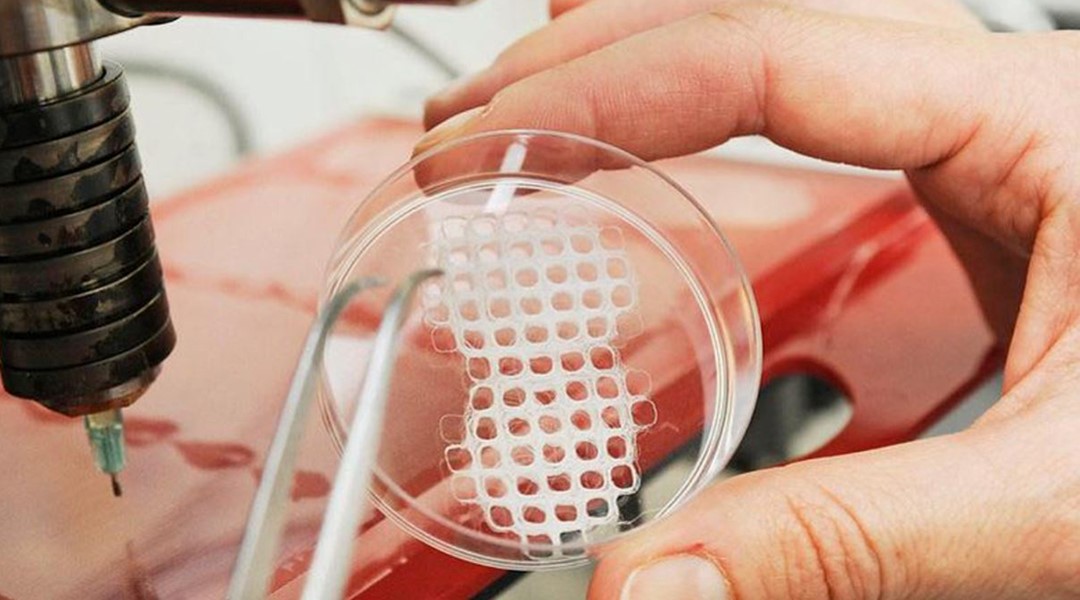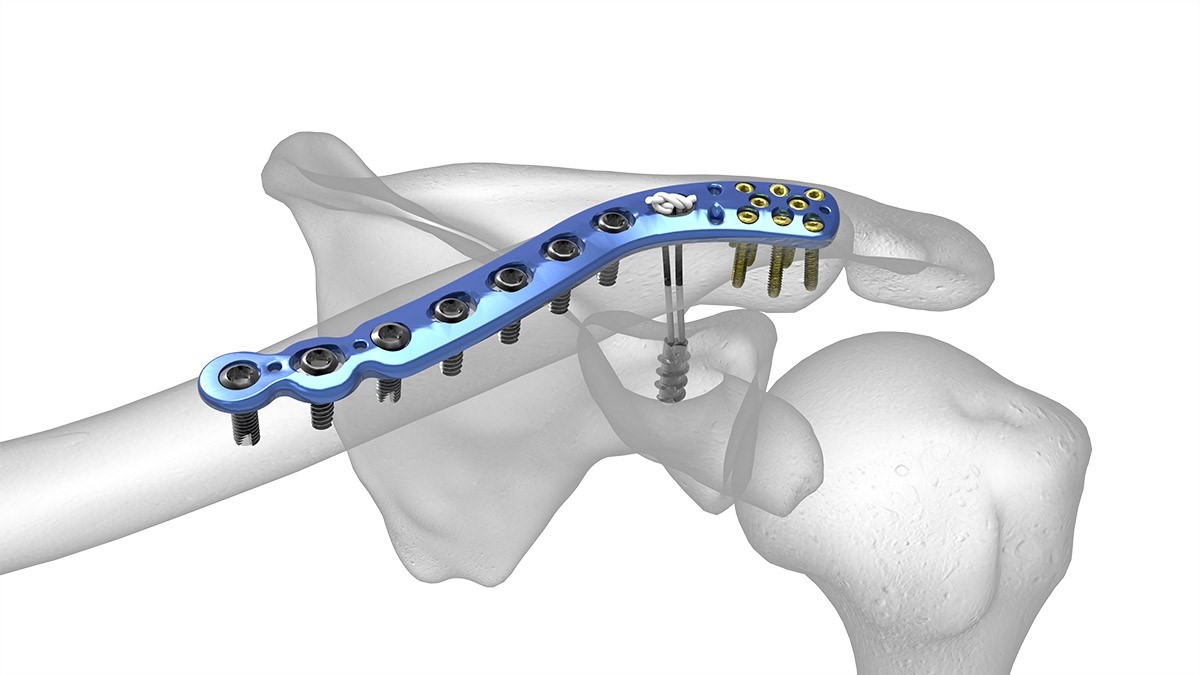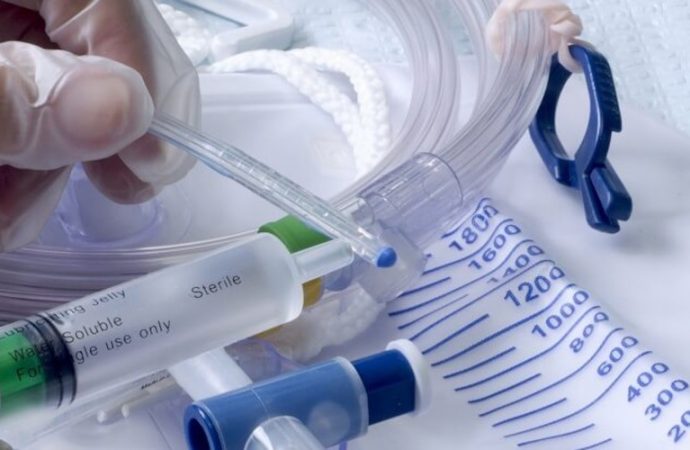In the rapidly evolving landscape of medical technology, biodegradable medical devices have emerged as a transformative innovation, offering significant benefits over traditional, non-degradable implants and instruments. As the healthcare industry continues to prioritize patient safety, environmental sustainability, and cost-effectiveness, the development and implementation of biodegradable medical devices are gaining considerable momentum. This article delves into
In the rapidly evolving landscape of medical technology, biodegradable medical devices have emerged as a transformative innovation, offering significant benefits over traditional, non-degradable implants and instruments. As the healthcare industry continues to prioritize patient safety, environmental sustainability, and cost-effectiveness, the development and implementation of biodegradable medical devices are gaining considerable momentum. This article delves into the latest advancements in this field, highlighting key innovations, materials, and applications that are shaping the future of medical care.
Advancements in Biodegradable Materials
The cornerstone of biodegradable medical devices lies in the development of advanced materials that can safely degrade within the body after fulfilling their intended purpose. Polymers such as polylactic acid (PLA), polyglycolic acid (PGA), and polycaprolactone (PCL) have been extensively researched and utilized due to their biocompatibility and predictable degradation rates. Recent innovations have focused on enhancing these materials to improve their mechanical properties and degradation profiles.
One notable advancement is the development of composite materials that combine biodegradable polymers with bioactive ceramics or nanoparticles. These composites not only provide the necessary structural integrity but also promote tissue regeneration and healing. For instance, the incorporation of hydroxyapatite nanoparticles into PLA matrices has shown promising results in bone tissue engineering, offering a scaffold that supports new bone growth while gradually degrading.
3D Printing and Customization
The advent of 3D printing technology has revolutionized the production of biodegradable medical devices, enabling the creation of highly customized implants and instruments tailored to individual patient anatomy. This level of personalization enhances the efficacy of treatments and reduces the risk of complications.
Biodegradable stents are a prime example of how 3D printing is being utilized to advance medical device technology. Traditional metal stents, used to keep blood vessels open, often require subsequent removal or replacement, leading to additional surgeries and potential complications. In contrast, 3D-printed biodegradable stents made from materials like PLLA (poly-L-lactic acid) can provide temporary support to the vessel and then safely degrade, eliminating the need for removal and reducing long-term risks.

Picture by: Yandex.com
Drug Delivery Systems
Biodegradable medical devices are also making significant strides in the field of drug delivery. These devices can be engineered to release therapeutic agents in a controlled manner over a specified period, enhancing the effectiveness of treatments while minimizing side effects.
Microspheres and nanoparticles made from biodegradable polymers are being developed for targeted drug delivery applications. For instance, PLA and PGA-based microspheres can be loaded with chemotherapeutic agents and injected directly into tumors, providing localized treatment with reduced systemic toxicity. Similarly, biodegradable hydrogels are being explored for sustained release of antibiotics, growth factors, and other bioactive molecules, offering new possibilities for treating chronic conditions and promoting tissue regeneration.
Surgical Sutures and Staples
Surgical sutures and staples are among the earliest applications of biodegradable materials in medical devices. However, recent innovations have further improved their performance and expanded their applications. Modern biodegradable sutures are designed to degrade at a rate that matches the healing process of the tissue, reducing the risk of infection and eliminating the need for suture removal.
Moreover, researchers are developing advanced biodegradable staples that can be used in minimally invasive surgeries. These staples provide the necessary wound closure strength while gradually degrading, thereby reducing the need for follow-up procedures. Innovations in this area also include the use of bioactive coatings on sutures and staples to promote faster healing and reduce inflammation.
Orthopedic Implants
Orthopedic implants represent a significant area where biodegradable materials are making a profound impact. Traditional metal implants, such as screws, plates, and pins, often require a second surgery for removal once the bone has healed. Biodegradable implants, on the other hand, gradually degrade and are absorbed by the body, eliminating the need for additional surgeries and reducing the risk of long-term complications.
Recent advancements in this field include the development of magnesium-based biodegradable implants. Magnesium is biocompatible and has mechanical properties similar to bone, making it an ideal material for orthopedic applications. Researchers are also exploring the use of biodegradable polymers reinforced with bioactive glass fibers to create implants that not only provide structural support but also stimulate bone regeneration.

Picture by: Yandex.com
Challenges and Future Directions
Despite the promising advancements in biodegradable medical devices, several challenges remain. Ensuring consistent and predictable degradation rates, maintaining mechanical strength during the degradation process, and preventing adverse immune reactions are critical factors that need to be addressed.
Ongoing research is focused on developing new materials and fabrication techniques to overcome these challenges. For example, the use of bioresorbable metals, such as zinc and iron, is being explored to create implants with tailored degradation profiles. Additionally, advances in nanotechnology and surface engineering are enabling the development of devices with enhanced biocompatibility and functionality.
Looking ahead, the integration of biodegradable medical devices with emerging technologies such as bioelectronics and regenerative medicine holds great promise. Biodegradable sensors and electronic implants that can monitor physiological parameters and deliver therapeutic interventions in real-time are on the horizon. Furthermore, the combination of biodegradable scaffolds with stem cell therapy and gene editing techniques could revolutionize the field of tissue engineering and regenerative medicine.
Conclusion
Innovations in biodegradable medical devices are poised to transform the healthcare landscape by offering safer, more effective, and environmentally sustainable solutions. From advanced materials and 3D printing to drug delivery systems and orthopedic implants, the potential applications of biodegradable devices are vast and varied. As research and development continue to advance, these devices will play an increasingly important role in improving patient outcomes and advancing medical care. The future of biodegradable medical devices is bright, promising a new era of innovation and progress in healthcare.
















